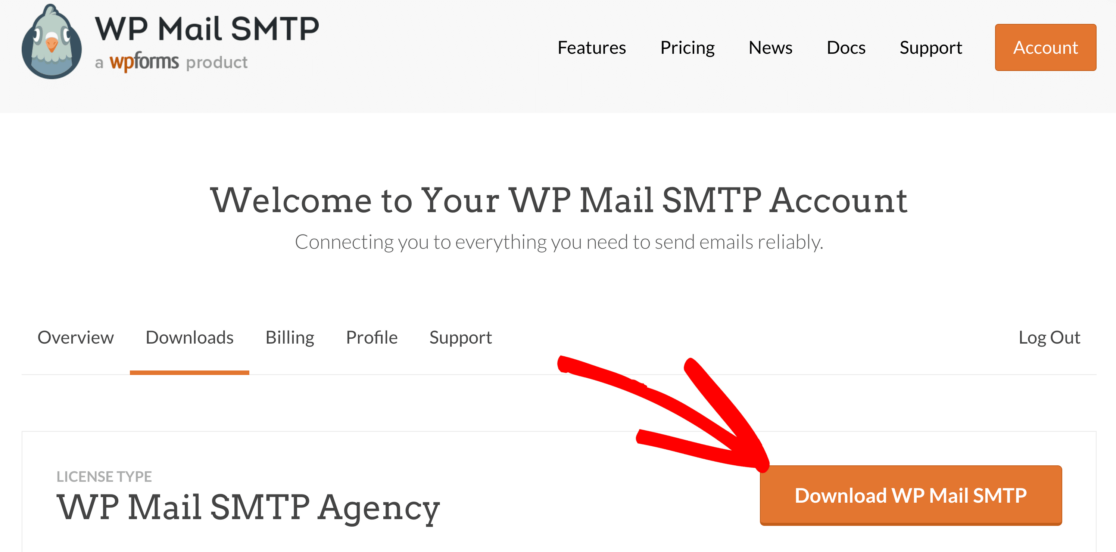Websites are running the world for the most part right now since the majority of things have gone online. Whether it be purchasing products or opting for new services, people use the internet to less or more extent. There are two aspects of a website. One is for the users while the other aspect is about its working and development. This article is more about the development and working phase. Recently, a large number of people were searching about the following error message: the email could not be sent. Possible reason: your host may have disabled the mail() function. We are going to talk about it in more detail.
Having a closer look at this situation
Several developers faced this issue when they were implementing a comment area on their website or tried to get the email notification to work. All that those developers wanted to do here is get emails notifying them when some commented on a piece of content on their website. In order to check if PHP is able to send them emails when the developers changed the password, they got the error message that we have mentioned in the first paragraph i.e. the email could not be sent. Possible reason: your host may have disabled the mail() function.
The solutions to this issue
Here is a step-by-step solution to help you get rid of this issue. There are two conditions here. First is the $message that needs to be true. And there is another condition that is wp_mail(). This condition should not return false in any case. If you take a look at your code, you will find there a filter i.e. $message=apply_filters(‘retrieve_password_message’, $message, $key); There is a chance that a plugin on your website is using this filter and as a result of that, the plugin is returning a false.
You should check whether wp_mail() is working or not. Here is a simple plugin you should send a test mail to yourself. Here is what you have to write.
mpty string, false, null, etc.).
But it is much easier to check if wp_mail() is working or not. Write a small plugin to send a test mail to yourself:
<?php
/**
* Plugin Name: Stackexchange Testplugin
* Plugin URI: http://yoda.neun12.de
* Description: Send me a test email
* Version: 0.1
* Author: Ralf Albert
* Author URI: http://yoda.neun12.de
* Text Domain:
* Domain Path:
* Network:
* License: GPLv3
*/
namespace WordPressStackexchange;
add_action( ‘init’, __NAMESPACE__ . ‘\plugin_init’ );
function plugin_init(){
Once you do it, the plugin will send you a testmail right after that. If the plugin doesn’t do it immediately, you have to call some backend pages. Not getting testmail even after it means you have issues with wp_mail(). Turning ON the debugging will do here. This is how you do it.
define( ‘WP_DEBUG’, true );
define( ‘WP_DEBUG_LOG’, true );
define( ‘WP_DEBUG_DISPLAY’, true );
@ini_set( ‘display_errors’,1 );
Now you have to put this code in wp-config.php and try to send this testmail to yourself.
If your wp_mail() fails even right now, you need to find out why. In most cases, the wp_mail() starts working correctly and the testmail will arrive. Now go back to the top and check why $message is not true right now.
Some people find issues with wp_mail() at this point. In that case, they need SMTP plugin, not sendmail.
Final words
We hope this article helped you solve the issue. Don’t forget to follow us for more articles like this.
Read More: [pii_email_438b8df723445f10b881]
